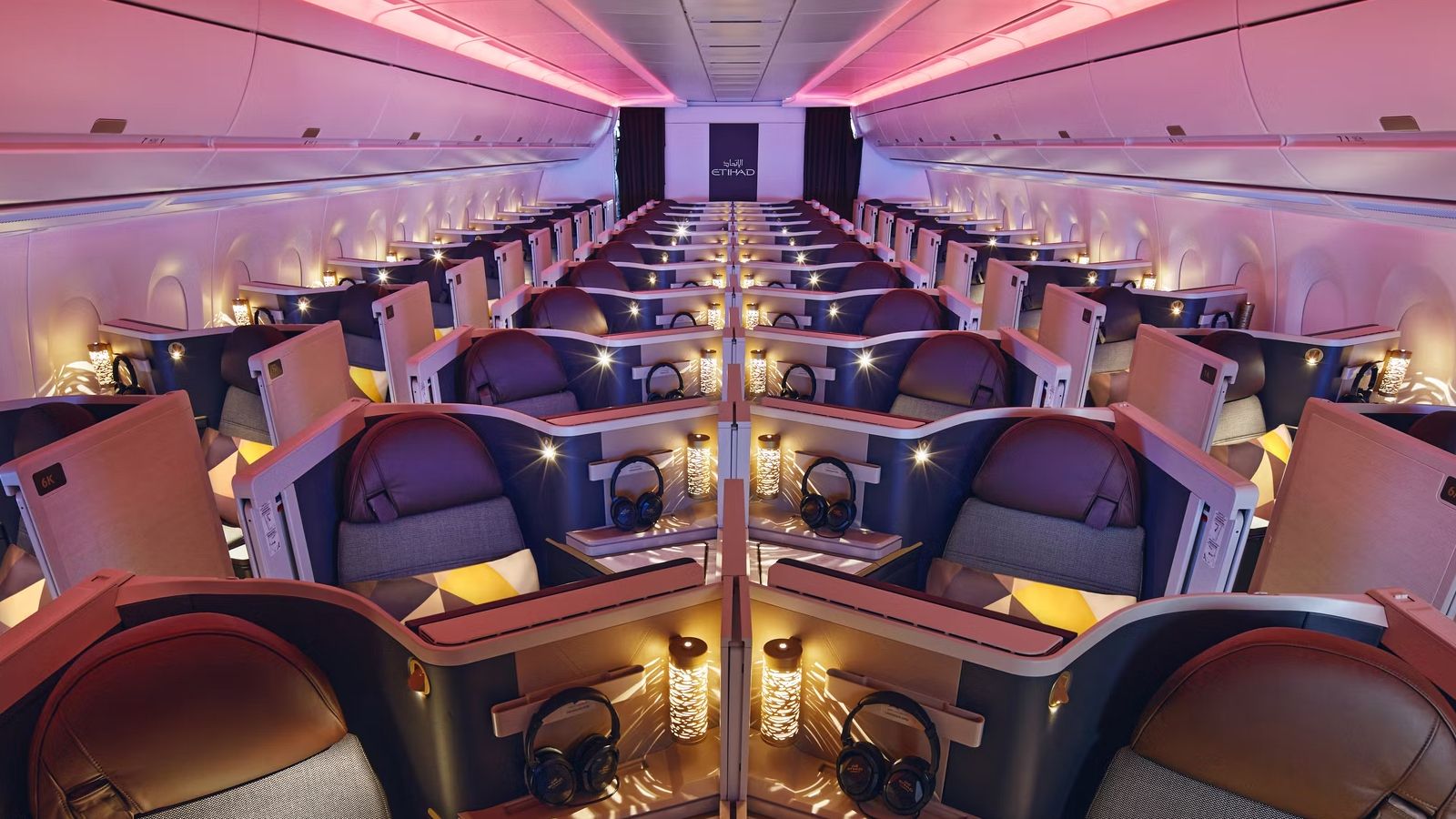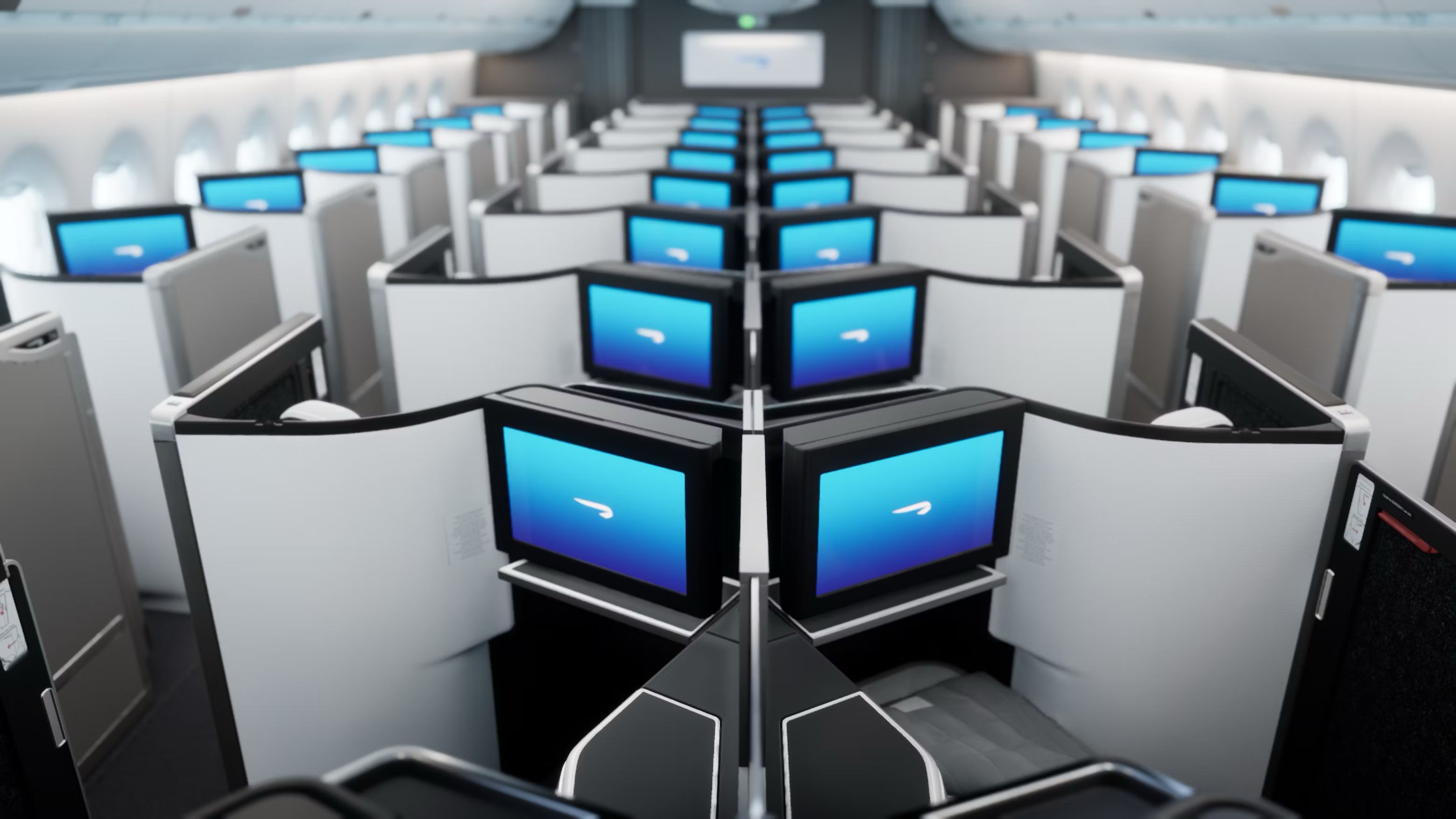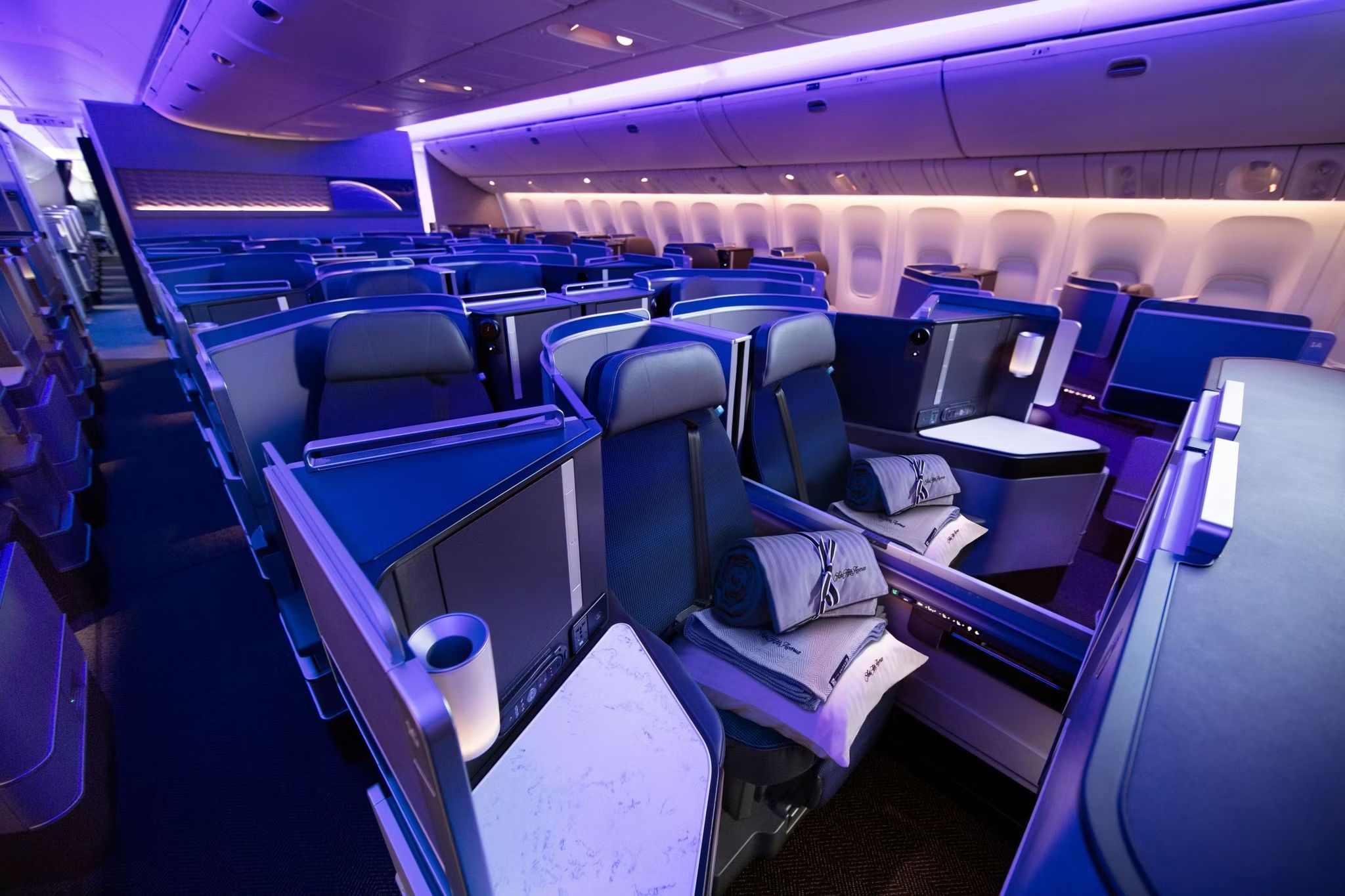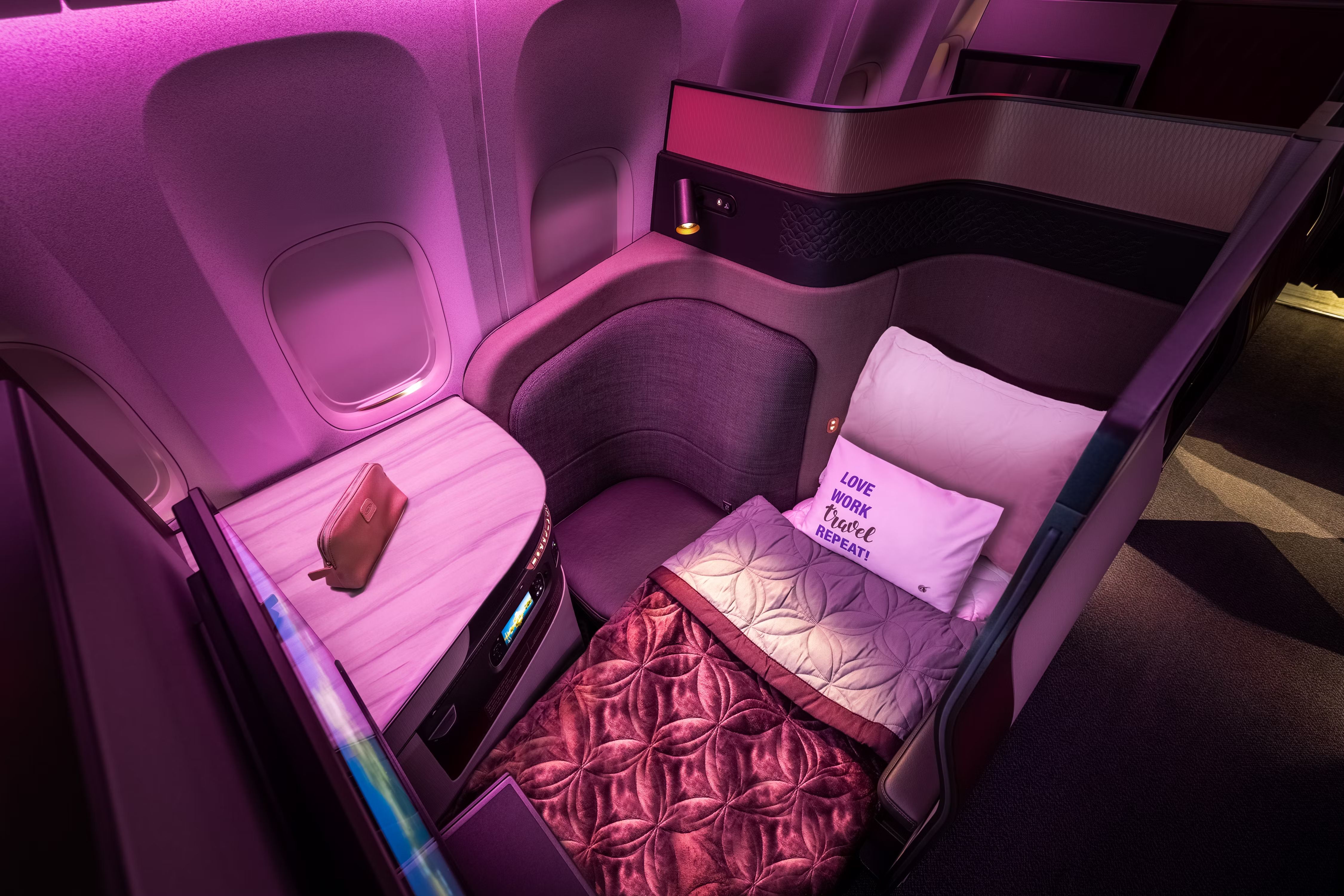Summary
- Direct aisle access is crucial for passenger comfort and convenience in business class.
- Airlines prioritize business travelers’ comfort and productivity when designing premium cabins.
- First-class cabins are being phased out in favor of larger, more luxurious business class offerings.
Today, most legacy carriers offer luxurious business class cabins that elevate the in-flight experience beyond what was previously realized in premium cabins. Services that do not offer direct aisle access are seen as outdated, but plenty of airlines still fly such configurations. For example, Lufthansa’s old business class is still offered on the airline’s A340s, and United’s old business class is still offered on Boeing 777-200s.
However, new and modern cabin configurations enable direct aisle access for added comfort and privacy for passengers. Airlines have been forced to innovate to remain competitive, and business class offerings have increasingly favored direct aisle access. But what made this shift so decisive? Why are airlines that opt for more traditional cabin configurations being left behind?
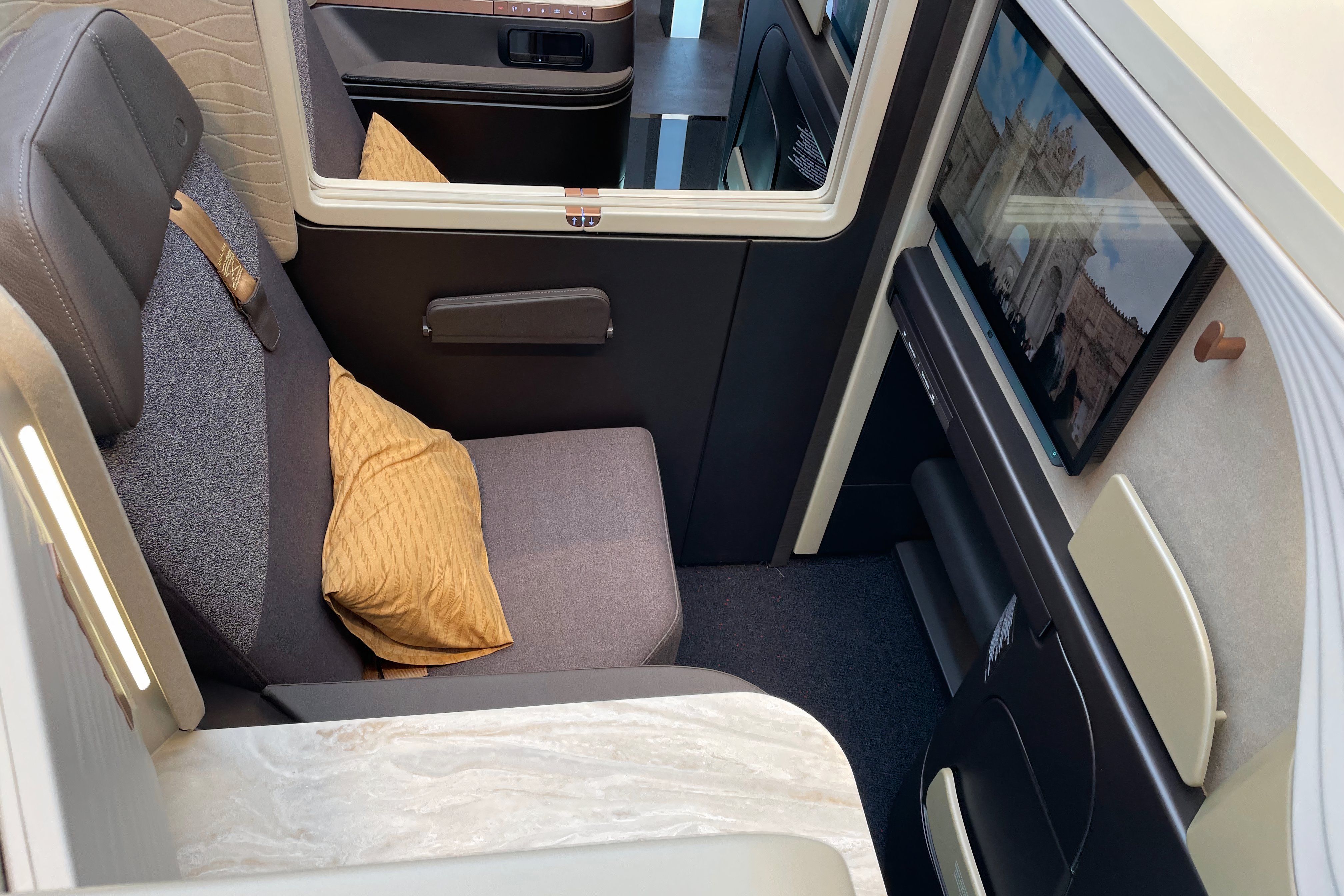
Related
What Is The Future Of Business Class?
During a media roundtable with Turkish Airlines Chairman Prof. Dr. Ahmet Bolat, the executive highlighted to Simple Flying that his airline’s new business class that was recently revealed closely resembles a first class on many airlines. This seems like the direction that most of the industry is going in, with the first class cabin becoming a thing of the past. Private suites with sliding doors are becoming a stable in business. What do you think is in store for the future of business class? Let us know below!
An elevated experience
Typical seating arrangement:
- Narrowbody aircraft: 1-1
- Widebody aircraft: 1-1-1 or 1-2-1
Undoubtedly, the level of passenger comfort that direct aisle access provides continues to drive its popularity within the industry. Without it, passengers are forced to step over their seatmates on their way out of their seats or have someone step over them at some point during the flight. This is not so intrusive when everyone’s awake, but when the lie-flat or reclined seat is deployed, a bathroom visit by the window passenger can be rather disruptive.
Photo: British Airways
Across the board, business travelers are an important segment for all airlines. Corporate customers, in particular, are the bread and butter of many full-service airlines, providing a high-value and predictable income for the carrier. As such, airlines will prioritize the convenience and comfort of the business traveler when designing premium cabins.
- More comfort with direct aisle access
- More privacy
- Less disturbance to/from others
- Greater flexibility to move around
- Ideal for long-haul and overnight flights
Getting a good night’s sleep can prove crucial for those traveling overnight and expecting to work a full day upon arrival. Therefore, being woken up multiple times in the middle of the night by a fellow traveler might not just be annoying but could genuinely affect the worker’s productivity the next day.
Photo: United Airlines
Businesses must ensure that their professionals are well-rested and prepared for a full day of work. As a result, corporate travelers have begun to favor airlines that offer direct aisle access seating configurations.
Other typical amenities in business class cabins:
- Onboard WiFi
- Spacious dining area at each seat
- Intuitive touchscreen display
- A variety of live and recorded entertainment
- A selection of body care and fragrance products
- Amenity kits include sleepwear and other items
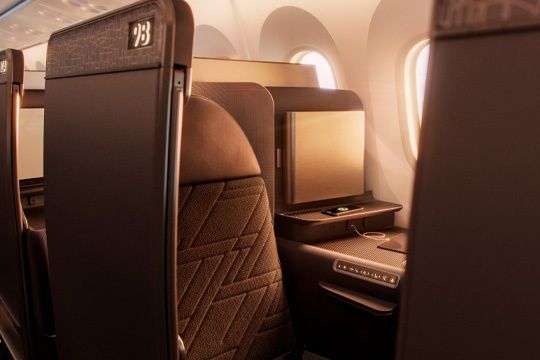
Related
Prestige Suites 2.0: Looking At Korean Air’s New Business Class Cabin
The airline will debut the cabin on its Boeing 787-10 inaugural flight to Tokyo on Tuesday.
But what about first class?
Traditionally, carriers opted to reserve direct aisle access for first class passengers, so what has led to the increasing demand for privacy and space in business class?
Notably, first class has proven less and less profitable over time, and many airlines have begun to phase out their ultra-premium cabins in favor of larger business class capacities. United, for example, introduced its latest all-aisle-access business class, Polaris, right around the same time the carrier removed its first class cabin from service.
Photo: Qatar Airways
Qatar Airways is another good example of this kind of carrier, which only offers its first class product on select Airbus A380 and Boeing 777-300ER services. However, the airline began offering its industry-leading business class product, QSuite, on most of its long-haul fleet. Marketed as “first in business,” the airline emphasizes the extent to which the cabin’s comfort would be compatible with the needs of business travelers. According to Qatar Airways,
“Embark on a truly remarkable journey with us and experience a new level of comfort, attention to detail and unparalleled service in Business Class.”
“Our Business Class cabin and seat depends on the type of aircraft. Qsuite is available on select routes.”
“Work, unwind and dine luxuriously with more space and enhanced privacy.”
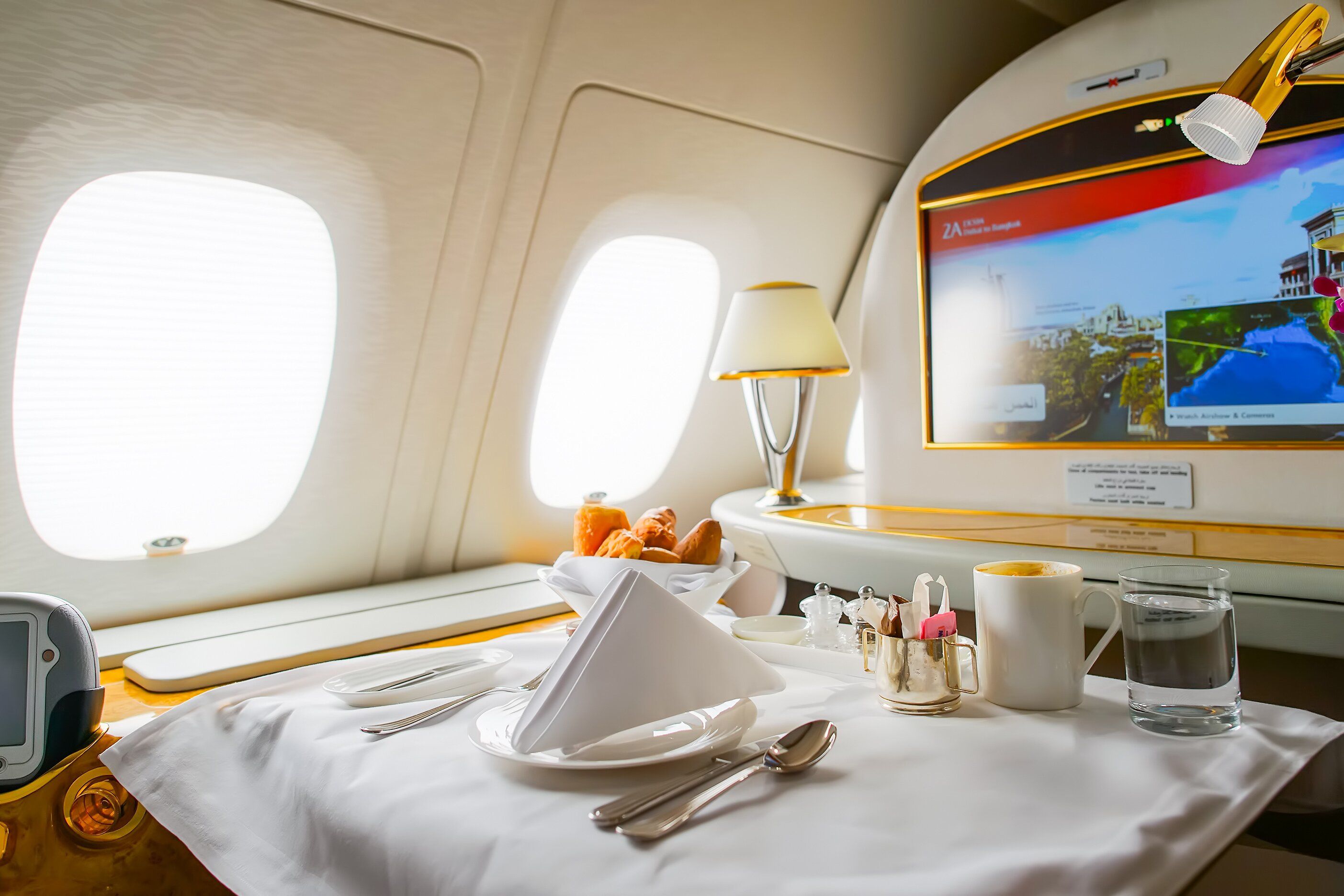
Related
First Class Vs Business Class: 5 Key Differences
Just how big a difference is it between first and business?

